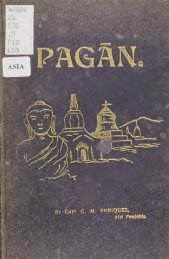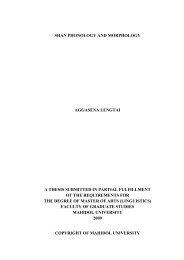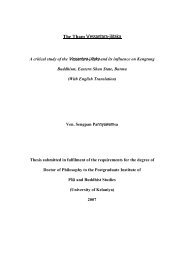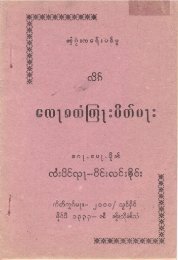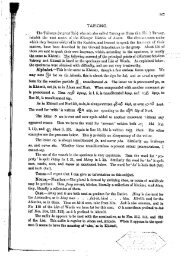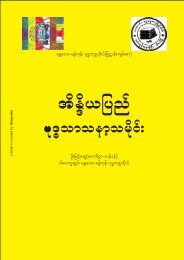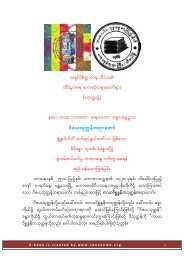The Tai Ahom National Council Memo Scheduling
The Tai Ahom National Council Memo Scheduling
The Tai Ahom National Council Memo Scheduling
You also want an ePaper? Increase the reach of your titles
YUMPU automatically turns print PDFs into web optimized ePapers that Google loves.
<strong>The</strong> claim of the <strong>Ahom</strong> to be included in the list of Scheduled Tribe (Plains) is further<br />
justified by the new trends of developments that have been taking place in Upper Assam, the<br />
core of <strong>Ahom</strong> settlements, and also in its surroundings. <strong>The</strong> erstwhile districts of Sibsagar and<br />
Lakhimpur now bifurcated into seven districts viz. Sivasagar, Jorhat, Golaghat, Dibrugarh,<br />
Tinisukia, Lakhimpur and Dhemaji that comprise Upper Assam have the concentration of <strong>Ahom</strong><br />
population with certain pockets in the districts of Morigaon, Sonitpur, Nogaon, and Karbi<br />
Anglong. <strong>The</strong> Upper Assam districts are rich is tea, petroleum and coal. <strong>The</strong> tea gardens occupy<br />
highest acreage of highland and engage and employed the highest number of worker. Of these<br />
the majority are directly engaged in tea production that includes labourer, clerical staff, and<br />
managerial personals. <strong>The</strong> number of labour population is the highest in number. <strong>The</strong> number of<br />
clerical and managerial persons constitutes only a small percentage. <strong>The</strong> tea garden population is<br />
in the organized sector of plantation industry and they are mainly concentrated within the tea<br />
gardens and are provided with housing accommodation, water supply, electricity, hospital<br />
facility, primary education, and road communication. <strong>The</strong>y also receive certain quota of ration at<br />
concession rates. Besides, the wage of industrial employees is assured.<br />
<strong>The</strong> petroleum industry covers a wide belt of territory along the southern plains mainly in<br />
the district of Dibrugarh, Tinisukia, Sivagar and Golaghat. Oil explorations are still going on,<br />
and it appears that these districts are floating on oil. <strong>The</strong> two refineries are the Digboi, the oldest<br />
and the Numaligarh, a new one, are located in Upper Assam. <strong>The</strong>se refineries directly engage a<br />
few thousand of workers in the oil production. <strong>The</strong> majority of the workers are from outside the<br />
State, only a handful of them are local and indigenous. Most of the technically qualified are<br />
drawn from outside. <strong>The</strong> Oil and Natural Gas Commission (ONGC) under the Government of<br />
India is engaged in the exploration and extraction of oil with its headquarters at Sivasagar<br />
engages employees, both of permanent category and wage basis, and their number runs to several<br />
thousands. <strong>The</strong> percentage of <strong>Ahom</strong> in oil is small. Again, since oil is found in the agricultural<br />
land or land under cultivation, such land has been acquired by the ONGC. Compensation is ,<br />
however, paid but they are deprived of their land or are uprooted from the land. Being<br />
agricultural people they could choose no alternative avenue of employment.<br />
Another important mineral found in Upper Assam is coal but mainly concentrated at the<br />
foothill areas along the Patkai hill range covering a distance of about 160 km. But extraction of<br />
coal is done in the Ledo-Margherita and Jaipur-Naginimora areas and is mainly done by opencast




